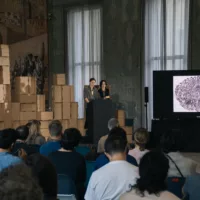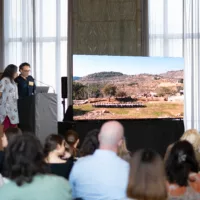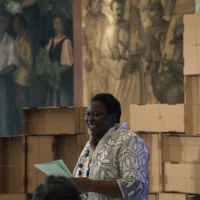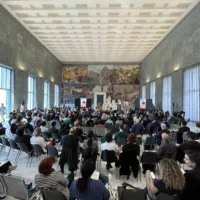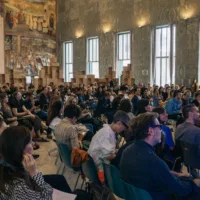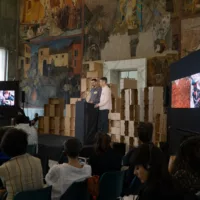This text has been written by Cooking Sections in the context of the first CLIMAVORE Assembly, held at the Museum of Civilizations and at Campidoglio on the 28th and 29th of October 20231. The CLIMAVORE Assembly explores new cultural and artistic tactics for ecologically-driven action and policy making, whilst reimagining the role museums and cultural institutions have as agents of transformation in food and agriculture systems within the climate crisis.
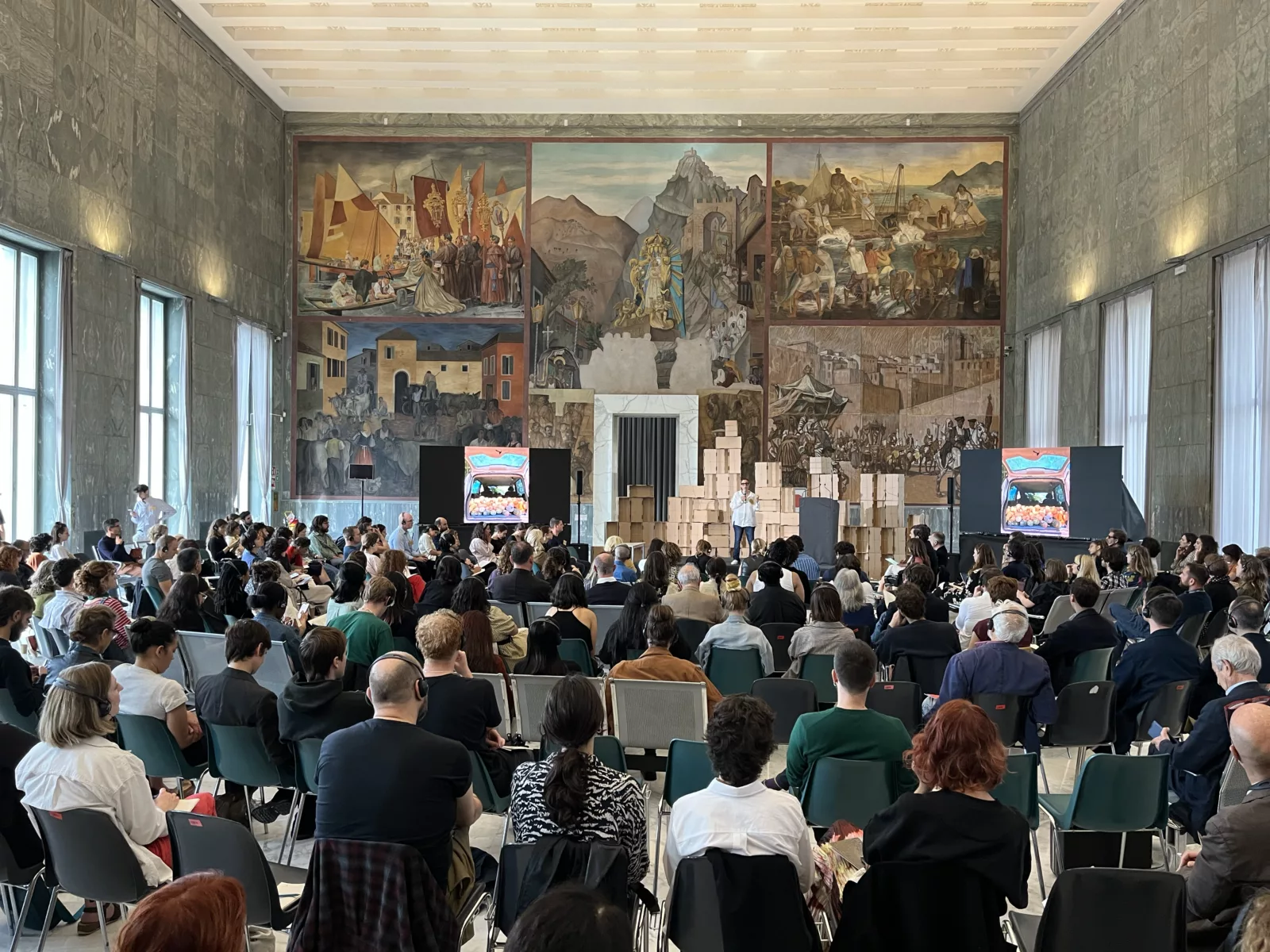
Food Changing Climate Changing Food
Agriculture is the culture of the earth. For more than a century, however, industrial agriculture has created intensive systems reliant on agrochemicals to boost yields at any cost, claiming to feed the world’s population while disrupting ancestral ways of living within and above the ground. A metabolic rift has separated the soil from what it means to culture it, to grow food, to nourish the ground and human bodies.The many cultures in dirt and the many cultures in our gut drift further and further apart.
We convene today, in Rome, the seat of the Food and Agriculture Organisation of the United Nations, in the week of the World Food Forum to address the broken food system created by intensive agriculture and the globalised supply chain. Not as a mirror image of this centre of authority, but as its defiant double, this Assembly asks how to reconnect appetite with fields; and metabolism with the underground.
Climate struggles cannot be separated from cultural shifts, and cultural shifts require new forms of action. In 2015 we started CLIMAVORE to advance how to eat as humans change the climate. As seasons creep, we recognise that eating less industrial meat protein, more locally grown produce or plant-based dishes is crucial—but perhaps not enough. CLIMAVORE moves beyond a carnivore, omnivore, locavore, vegetarian or vegan diet into a way of eating according to a season of drought, polluted seas or infertile soil.
By working with farms, restaurants and canteens, we have adapted processes and integrated them into menus towards agendas that cultivate the ground. Through collaboration with museums, cultural and educational institutions, we have worked with growers and scientists to support, test and implement alternatives that grow food while cultivating habitats. There is no single way of becoming climavore. It is an open framework for collective action. Addressing the broken food system is not only an economic or environmental issue. Everywhere, it affects our individual and collective body. Monoculture in the field is monoculture of the mind. To transform this cultural struggle requires us to redefine the values that agriculture can cultivate. To see civic space in what enters our mouths.
As the aridity line that crosses the Mediterranean moves northwards, we invite all of you—cultivators, cultural organisations, artists, activists, chefs, policy makers—to come together and envision new horizons and implement direct action for food justice. There are many initiatives, cooperatives, networks, platforms, and alliances already walking this route, but we see the need and envision this Assembly to reinforce the bond between culture and agriculture, and support growers in advancing agroecological futures.
Museums and cultural institutions from Europe and North America—the continents that have exported extractive agriculture for decades—now have the responsibility to repair human, plant, fungal or microbial ecologies worldwide. The CLIMAVORE Assembly hopes to provide a public forum to reimagine and debate the agency that culture has to nourish publics and public bodies together.
1 The CLIMAVORE Assembly was promoted by Visible (a project by Cittadellarte – Fondazione Pistoletto and Fondazione Zegna), long term partner Nicoletta Fiorucci Foundation, and CLIMAVORE x Jameel at RCA, in collaboration with Museo delle Civiltà of Rome, Roma Capitale, Gaia Art Foundation, Teiger Foundation and Hartwig Art Foundation. It was made possible thanks to the support of: American Academy in Rome, Academia Belgica, Real Academia de España en Roma, German Academy Rome Villa Massimo and Circolo Scandinavo in Rome.

